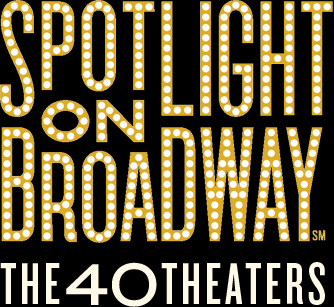The New Amsterdam was the first theater designed by Herts & Tallant, who subsequently became great theater architects of the early twentieth century.
The partners met in Paris while studying at the École des Beaux-Arts. The New Amsterdam is a rare example of the art nouveau style in New York and one of the greatest examples of it in the country. The theater was built for producers Marc Klaw and A. L. Erlanger and became the home of the Ziegfeld Follies. At the producers’ request, the site incorporated two performing spaces with a ten-story office tower to house their varied theatrical interests. The theater originally featured a rooftop theater and Ziegfeld presented his Midnight Frolic, a nightclub revue, there. Very popular in its time, it afforded a spectacular view of New York. The interior of the theater was filled with oversized curvilinear designs of fruits, flowers, and vines that made the large theater feel more intimate. The architects also incorporated many innovative features including a sophisticated ventilation system for heating and cooling and a vacuum cleaning system. By 1937 the New Amsterdam was the last legitimate theater on 42nd Street. It later became a movie theater and fell into disrepair. In 1992, under the aegis of the New 42nd Street, a nonprofit organization responsible for the revitalization of theaters, the New Amsterdam attracted the attention of Michael Eisner, then the CEO of Disney, who purchased the theater and hired Hugh Hardy to restore it to its original state. It reopened in 1997 with The Lion King and what was once the rooftop theater now houses the offices of Disney Theatrical.





















